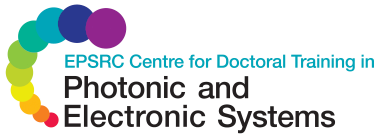UCL

UCL is one of the world's premier universities, consistently ranked in the global top 10. It is a world-class research and teaching institution based in London whose staff and former students have included 21 Nobel Prize winners, most recently Charles Kao, for his invention of low loss optical fibres and their application to global communication.
Founded in 1826, it was the only university in England at that time which admitted students regardless of race or religion. Today, UCL is an inspiring university in which to work and study and it continues to thrive on the diversity and creativity of its community.
UCL facts
- In the 2008 Research Assessment Exercise (RAE) UCL was rated the best research university in London, and third in the UK overall, for the number of its submissions which were considered of 'world-leading quality'.
- UCL has a global reach and global vision, with 34% of UCL students coming from outside the UK, attracted from nearly 140 countries around the globe.
- More than a third of the 22,000-strong student community is engaged in graduate studies, with almost half of these graduate students pursuing research degrees.
- Based in Bloomsbury, UCL is a welcoming, inclusive university situated at the heart of one of the world's greatest cities.
Electronic and Electrical Engineering at UCL
- Global pioneer - founded in 1883, the department is the oldest Electronic and Electrical Engineering department in the UK and one of the first in the world.
- The Department of Electronic and Electrical Engineering has a tradition of excellence dating back to its foundation in 1885 by Professor Sir John Ambrose Fleming, the inventor of the thermionic valve and a founding father of modern electronics. It has achieved top rating in all but the last RAE (in which it was rated 5A), and is the highest-rated EE Department within London.
- Charles Kao, 2009 Nobel Prize Winner for Physics is a departmental alumnus. He studied for his PhD with Professor Harold Barlow, former head of the Department and pioneer of low loss microwave waveguides
